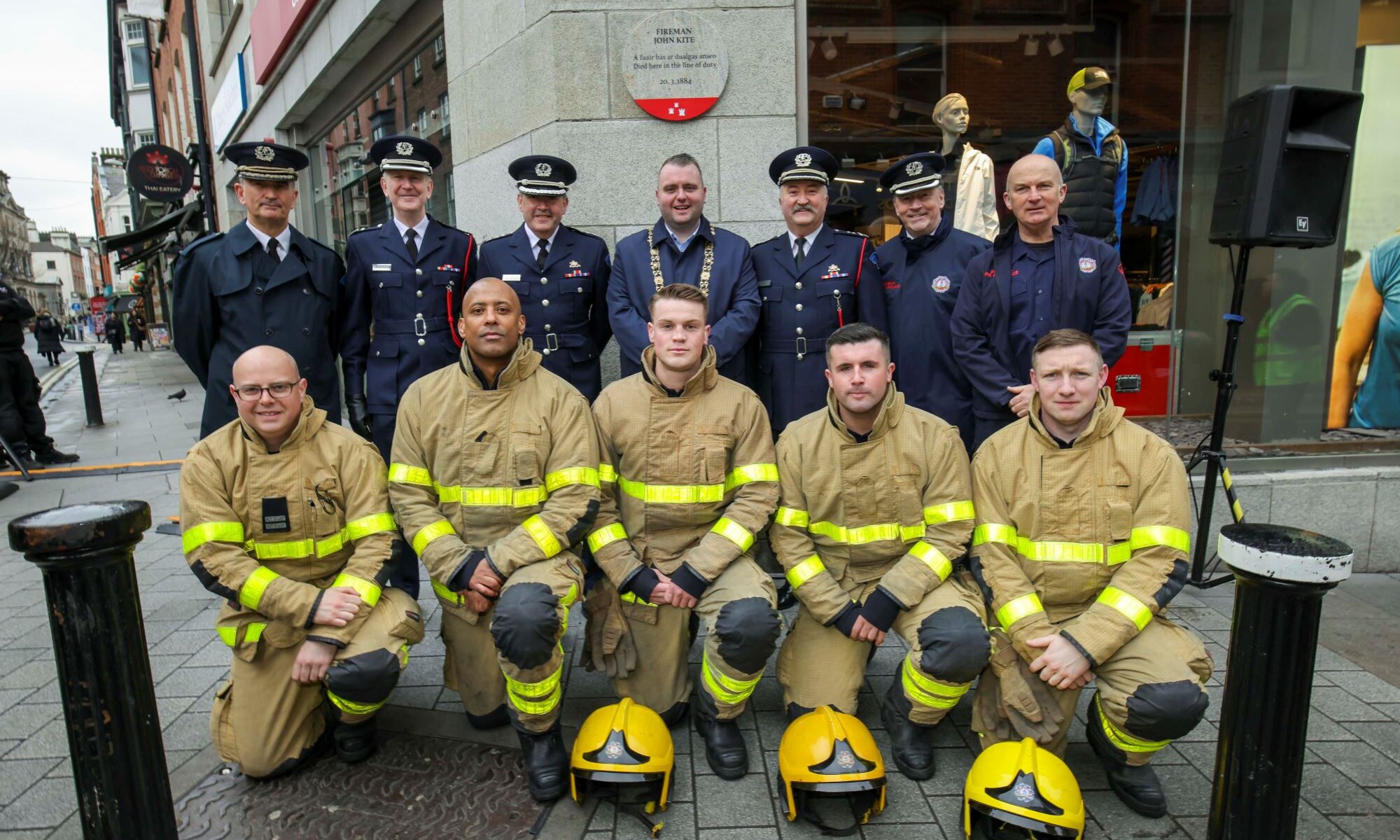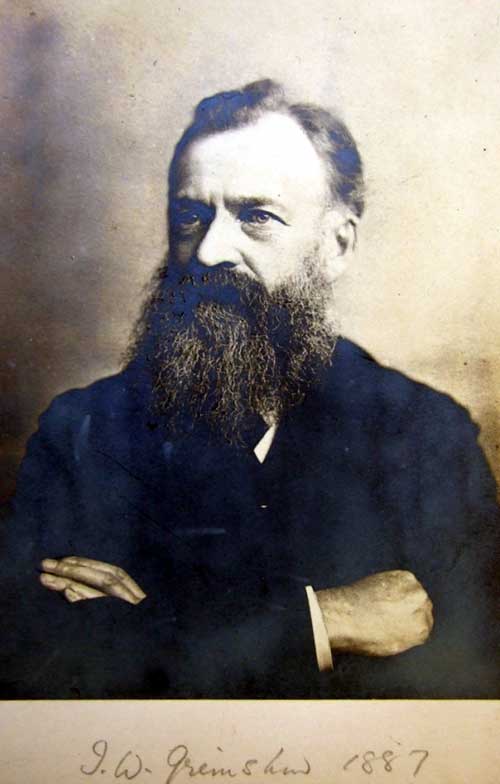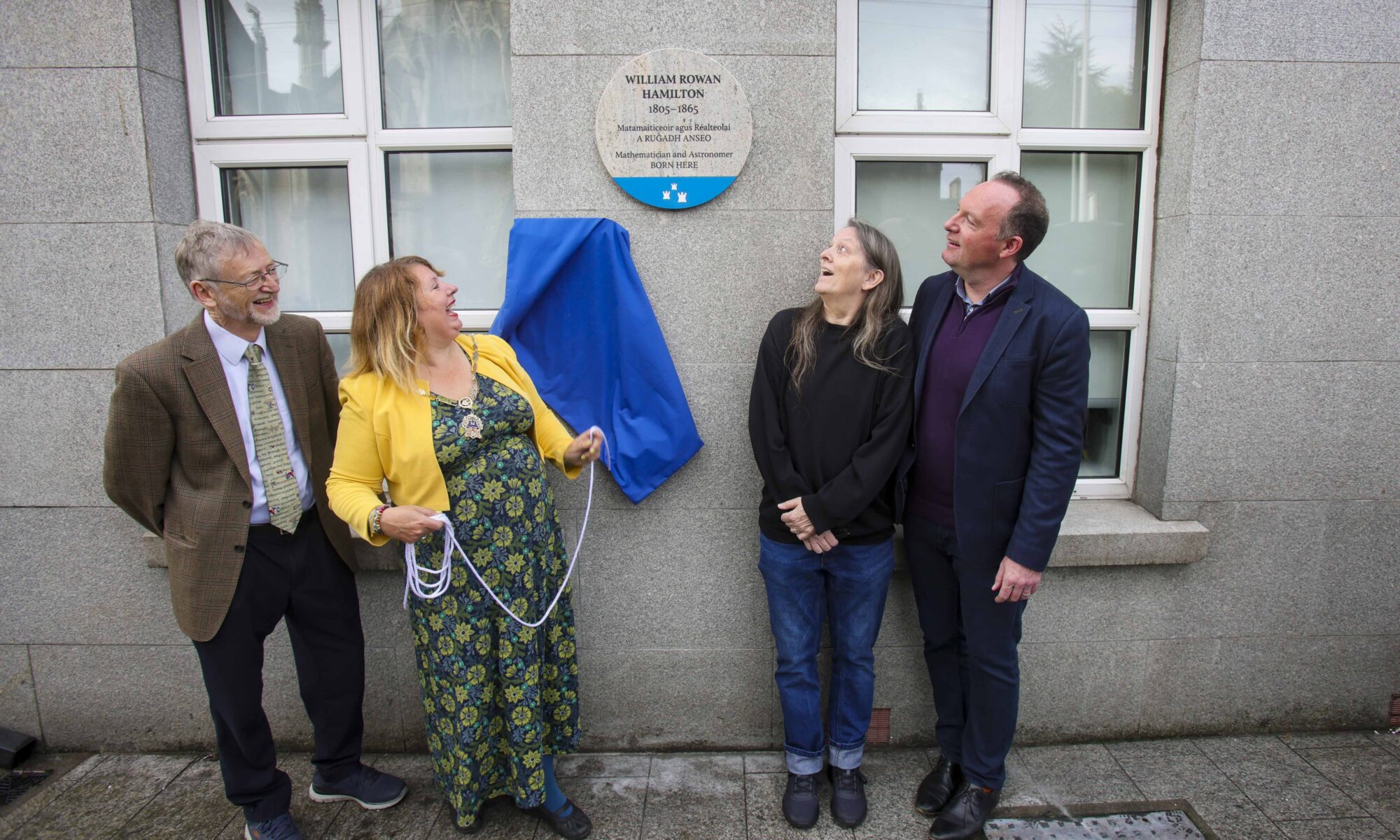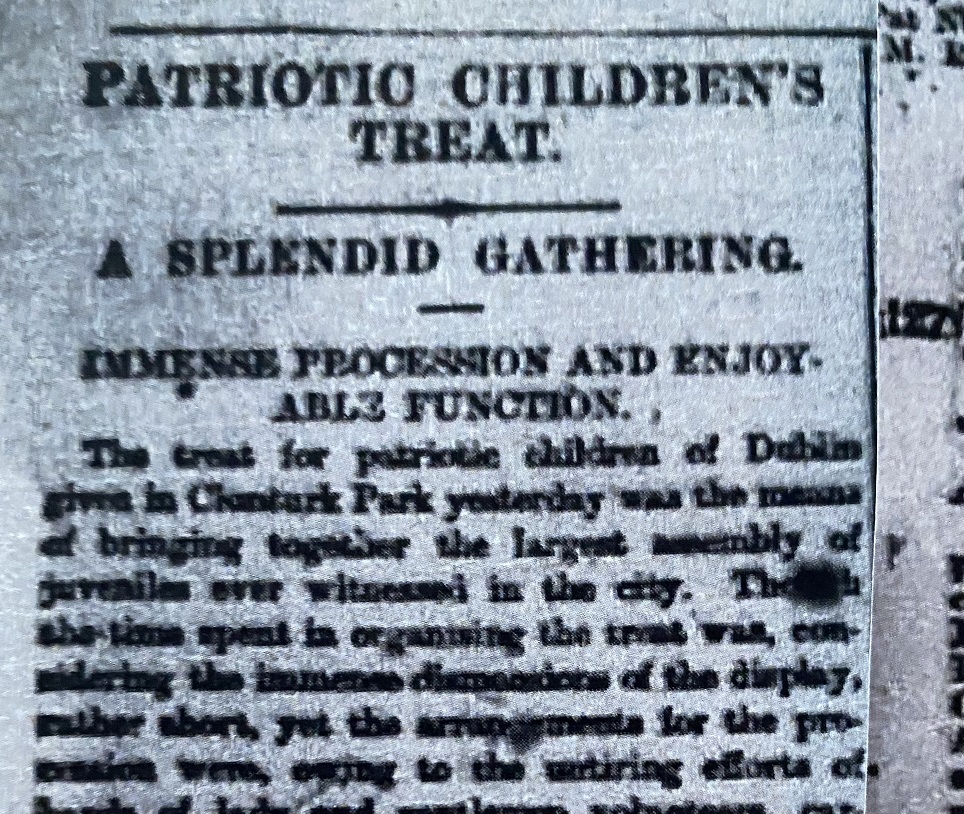On 29 June 2024 Dublin City Council will host a ‘Picnic in the Park’ to mark the unveiling of a plaque to commemorate the Patriotic Children’s Treat, which took place in Clonturk Park on 1 July 1900.
Queen Victoria visited Dublin from 3 to 27 April 1900, and got a mixed reception. The visit was welcomed by many: Dublin Corporation made a ‘loyal address’[i], and one report described ‘a tempest of fervent acclamation’.[ii]
Nationalist voices were, however, loud in their opposition to the visit. The Corporation having adopted the ‘loyal address’ in March, in April a motion was proposed by the Home Rule MP Timothy Harrington, stating that the address did not amount to ‘an abandonment of our claim for National self-government’ and that ‘so far as the vast body of the, people are concerned, there will be neither contentment nor loyalty in this country until our National Parliament is restored’. This motion was adopted with forty-nine councillors in favour and only nine against.[iii]
Outside the Council Chamber, the reaction wasn’t as polite. During the Saint Patrick’s Day Parade, the Lord Mayor, Thomas Pile, who had promoted the loyal address, was booed and hissed, and stones were thrown at his coach, breaking the windows.[iv]
As part of the festivities around the Queen’s visit, a ‘children’s entertainment’ was held in the Phoenix Park, with some estimates putting the number attending at 30,000.[v] The children’s entertainment attracted particular attention from nationalist women, led by Maud Gonne, who claimed that only 5,000 of the 35,000 children in Dublin ‘had allowed themselves be used for a Unionist demonstration’.[vi]
As a reward to these children, a Committee was formed, chaired by Maud Gonne, to provide a ‘National treat’, in which all the children could take part.[vii]
Originally planned for Bodenstown, on Wolfe Tone’s birthday, 20 June, the event took place on 1 July 1900, at Clonturk Park, Drumcondra.
The children and stewards gathered at Beresford Place at noon and marched to Drumcondra, with some estimates of 25,000 to 30,000 taking part. As they marched, the children held poles with signs reading ‘Patriotic Children’s Treat – NO FLUNKEYISM HERE’.[viii]
Twenty-five wagons were required to bring the picnic to Clonturk Park; 1.5 tons of biscuits, 1.5 tons of sweets, and 50,000 buns were supplied, along with 300 dozen bottles of minerals, not forgetting 80 casks of stone beer.[ix]
All-in-all, it was judged, in the words of the Irish Independent, a ‘splendid gathering’.
The Ladies Committee which organised the Children’s Treat remained active, and by October 1900 had become Inghinidhe na hEireann (Daughters of Ireland). In 1914 it merged into Cuman na mBan.[x]
[i] Dublin Corporation Minutes 1900/248.
[ii] ‘The Queen’s visit to Ireland’ in Tunbridge Wells Journal, 19 Apr. 1900, p. 4.
[iii] Dublin Corporation Minutes 1900/268.
[iv] ‘St. Patrick’s Day: Lord Mayor’s Procession’ in Irish Daily Independent, 19 Mar. 1900, p. 6.
[v] ‘The Queen’s visit to Ireland’.
[vi] ‘Patriotic Children’s Treat’ in Freeman’s Journal, 30 Apr. 1900, p. 6.
[vii] Ibid.
[viii] ‘Patriotic Children’s Treat: a splendid gathering’ in Irish Daily Independent, 2 July 1900, p. 6.
[ix] Ibid.
[x] Senia Pašeta, ‘Nationalist Responses to Two Royal Visits to Ireland, 1900 and 1903’ in Irish Historical Studies, xxxi, no. 124 (1999), pp 488–504.
